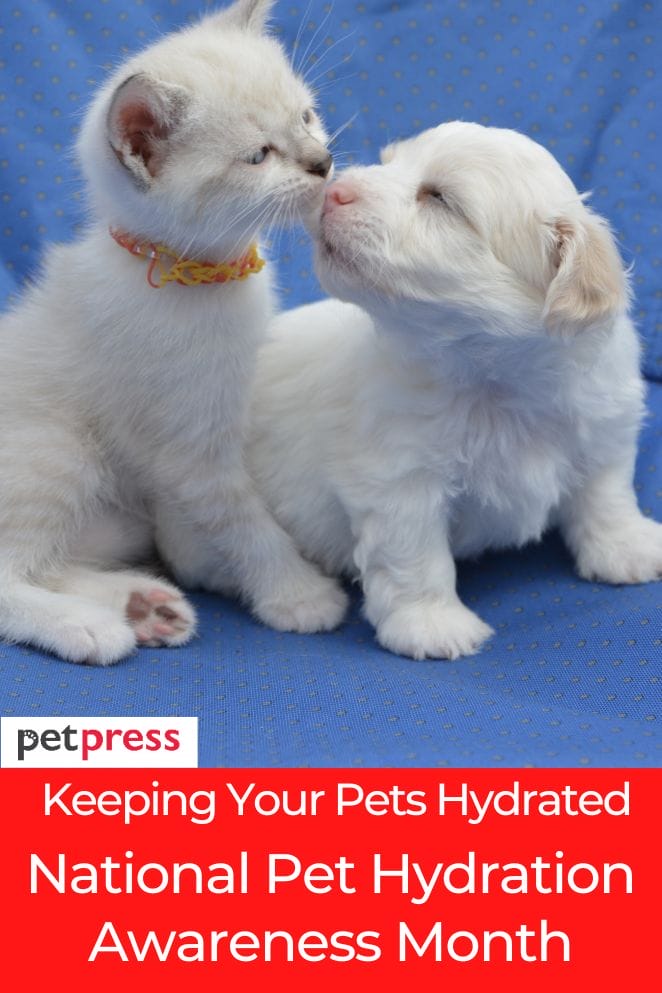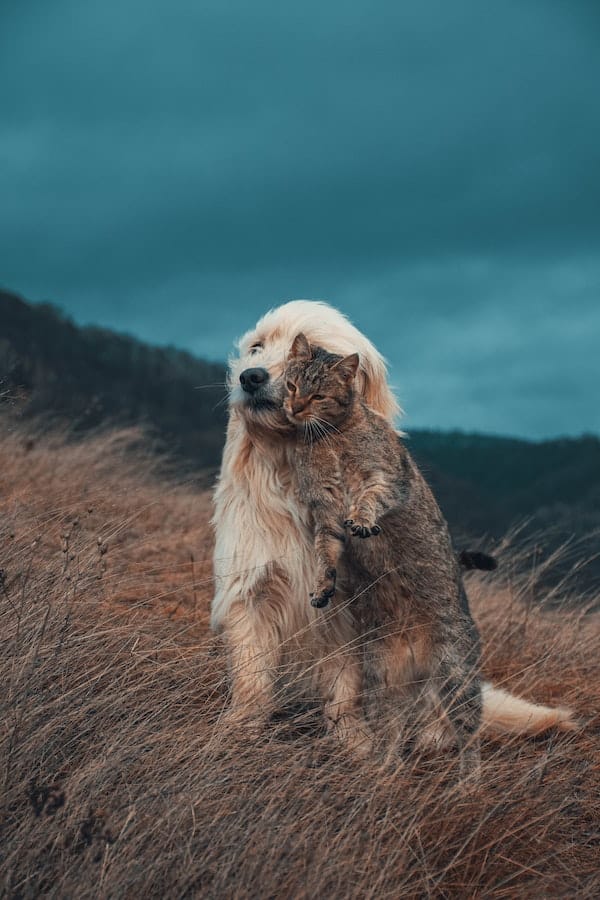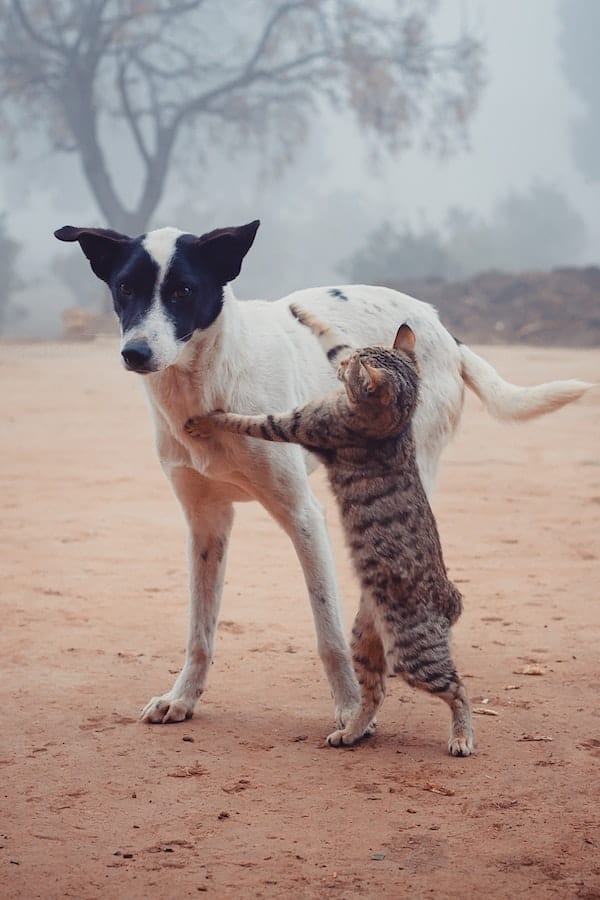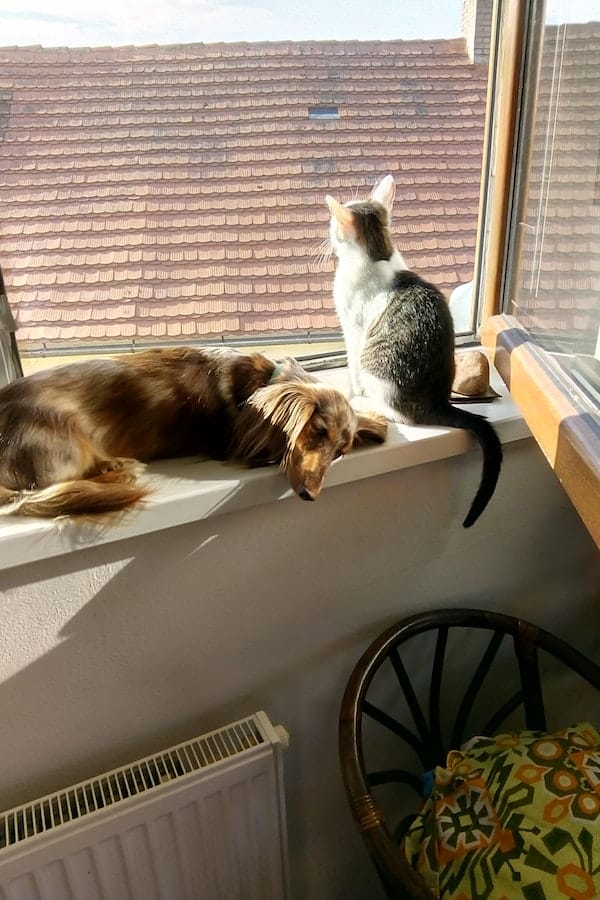
July is National Pet Hydration Awareness Month, a period committed to exposing issues about the meaning of keeping our pets hydrated.
As pet owners, we frequently focus on giving nutritious food, regular exercise, and lots of love to our pets.
However, we might ignore one essential part of their well-being – hydration.
This blog post intends to highlight the meaning of pet hydration, why pets need more water than people, signs of dehydration in pets, and how to keep your pets hydrated.
The importance of keeping pets hydrated
Guaranteeing proper hydration for our pets is fundamental, very much like us humans.
Water plays a vital part in different physical functions, like digestion, nutrient absorption, blood circulation, and controlling internal heat levels.
Also, it wipes out toxins from the body, promoting overall well-being.
Lacking hydration can prompt a large group of medical conditions, including issues with the kidneys and urinary tract.
In this way, it is fundamental to provide our pets with access to clean, fresh water at all times to help their optimal well-being and vitality.
Keep in mind, a very much hydrated pet is a happy and healthy pet!
Why do pets need more water than humans?

Pets, especially dogs and cats, need more water relative to their size compared to humans. This is because of several reasons, including:
Higher metabolic rate
Pets have higher metabolic rates than humans, meaning they require more fuel to keep their bodies working.
This increases their need for water since it helps separate and retain the nutrients in food sources, as well as eliminate waste products.
Also, pets are also more prone to drying out because of their fur or feathers and high activity levels.
This makes it significantly more critical to provide them with sufficient amounts of water on a regular basis.
Their diet particularly dry food
Pets that are fed predominantly dry diets require more water than those who eat wet or canned food sources.
This is because dry food consumes fewer calories and contains fewer amounts of moisture, and that implies pets need to hydrate to make up for the distinction.
Moreover, many pet owners feed their furry friends treats between meals, and these treats also add to their day-to-day water consumption necessities.
Signs of dehydration in pets

Keeping up with proper hydration for our beloved pets is of utmost importance, as neglecting their hydration needs can have serious outcomes.
It’s essential to know about the common indications of dehydration in pets, including:
- Lethargy
- Dry gums
- Excessive panting
- Loss of appetite
- Sunken eyes
- Decreased skin elasticity.
If you notice any of these symptoms and suspect that your pet might be dehydrated, looking for veterinary care is vital.
Keep in mind, addressing dehydration immediately can involve life and death for our furry companions.
Let’s focus on their well-being by ensuring they access clean, fresh water and checking their hydration levels regularly.
How to Keep Pets Hydrated

Providing adequate hydration for our pets is an essential part of being a responsible pet owner. Here are some tips to help you ensure your furry companion stays well-hydrated:
Provide fresh water
Ensuring your pet’s constant access to clean and fresh water is fundamental for their well-being.
Make sure to change the water in their bowl at least once a day, and more frequently if it’s placed outside or in a warm environment.
To keep the water cool and refreshing, consider adding ice cubes during hot summer days.
Include wet food in their diet
If your furry companion primarily consumes dry food, mixing wet or canned food into their eating routine can help their liquid intake.
Also, giving them hydrating snacks like fruits and vegetables, which have high water content, can be helpful.
On hot days, you can offer them low-sodium broth as a reviving and hydrating treat.
These basic changes can assist with ensuring your pet stays appropriately hydrated and healthy.
Hydrating treats
Offering your pet hydrating treats or snacks can also help with keeping up with their hydration levels.
Coconut water, which contains beneficial electrolytes, can act as a nutritious and safe option for pets.
In any case, it’s always advisable to talk with your veterinarian before introducing any new food or drink to your pet’s eating routine.
Their guidance guarantees the most ideal decisions for your pet’s well-being and health.
Portable water bowl
At the point when you and your furry friend are on the go, it’s essential to have a portable water bowl handy.
This smart provision ensures that your pet can access fresh drinking water whenever necessary.
Moreover, it’s fundamental to be aware of the surrounding environment, guaranteeing there is adequate shade and that the temperature and humidity levels are comfortable and safe for your pet.
Conclusion
Recognizing the importance of pet hydration, National Pet Hydration Awareness Month points out the crucial role water plays in the well-being of our furry companions.
As capable pet owners, it is our obligation to focus on their hydration, especially during the scorching summer season.
We should remember that keeping our pets sufficiently hydrated promotes their happiness as well as adds to their overall well-being and health.
In this way, we should bring issues to light and ensure our beloved pets have constant access to fresh and clean water to extinguish their thirst.


GIPHY App Key not set. Please check settings